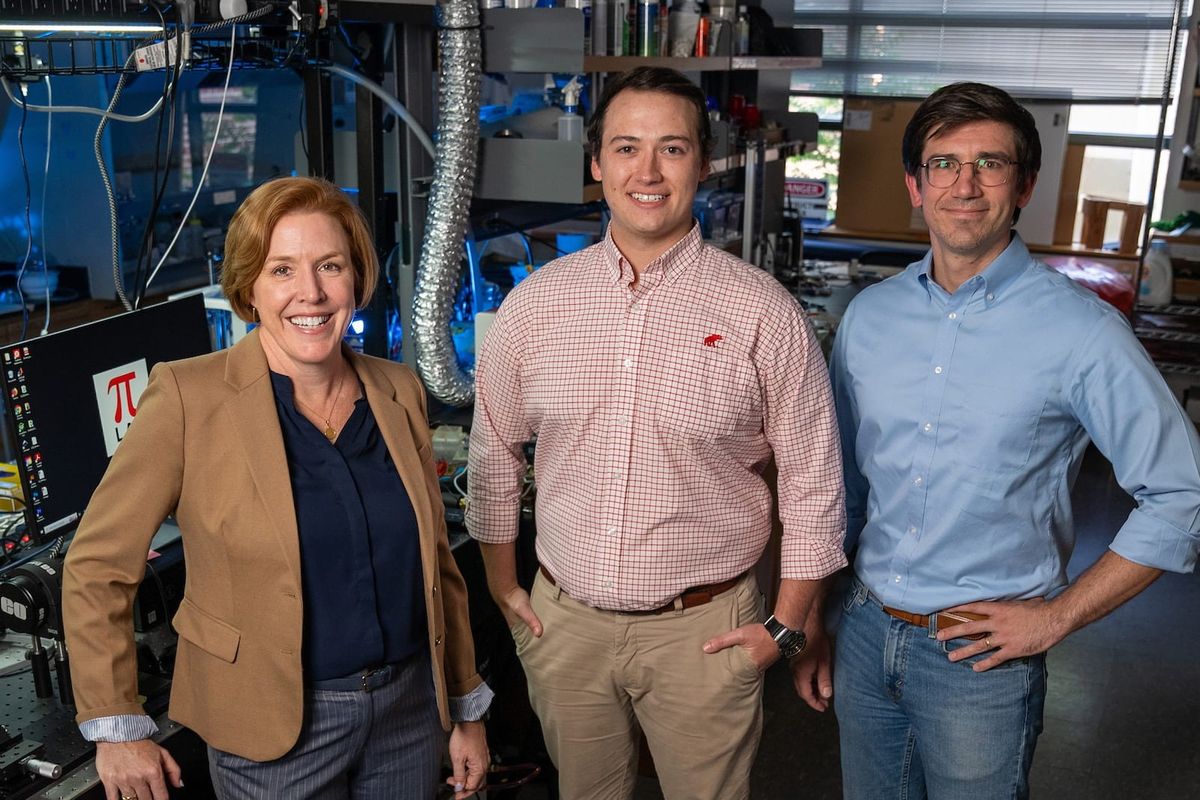Rice team develops complex wearables that can navigate users through Houston
hi, tech
A group of Rice researchers have tapped into the sense of touch to improve how wearable technology can communicate with its user.
Barclay Jumet, a mechanical engineering PhD student at Rice working in the labs of Daniel Preston and Marcia O’Malley, published the findings in the August issue of “Device.” The study outlines the group's new system of haptic accessories that rely heavily on fluidic control over electrical inputs to signal or simulate touch to a wearer. The research was supported by the National Science Foundation, the Rice University Academy of Fellows, and the Gates Millennium Scholars Program.
The accessories include a belt and textile sleeves, which deliver haptic cues like vibration, tapping and squeezing through pressure generated by a lightweight carbon dioxide tank attached to the belt. The sleeve contains up to six quarter-sized pouches that inflate with varying force and frequency, depending on what is being communicated to the wearer.

The team says the wearables have uses for those with visual and auditory impairments and offer a slimmed-down design compared to other bulky complex haptic wearables. The wearables are also washable and repairable, which gives them more everyday uses.
To test the system's usability, the team guided a user on a mile-long route through Houston, signaling haptic cues for forward, backward, left or right through the devices.
“In the future, this technology could be directly integrated with navigational systems, so that the very textiles making up one’s clothing can tell users which way to go without taxing their already overloaded visual and auditory senses—for instance by needing to consult a map or listen to a virtual assistant,” Jumet said in a release from Rice.
O’Malley, chair of the Department of Mechanical Engineering, said the system could also work in tandem with Cochlear implants and make lip-reading easier for users in noisy environments by directing users to sources of sound.
Jumet also sees uses outside of the medical space.
“Instead of a smart watch with simple vibrational cues, we can now envision a ‘smart shirt’ that gives the sensation of a stroking hand or a soft tap on the torso or arm,” he said in the release. “Movies, games and other forms of entertainment could now incorporate the sense of touch, and virtual reality can be more comfortable for longer periods of time.”










